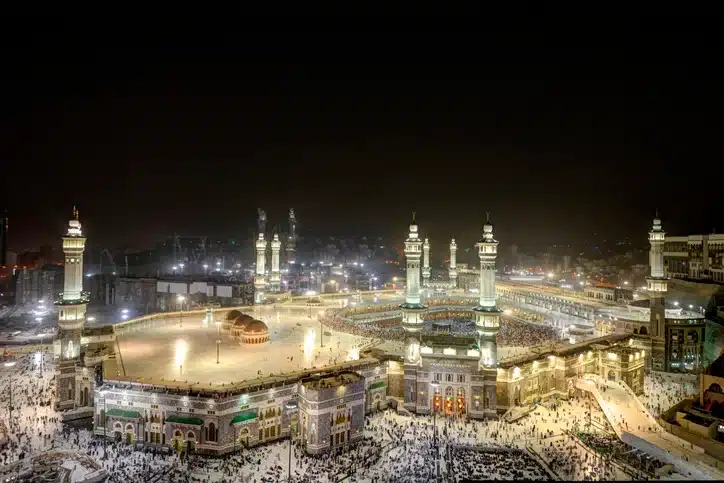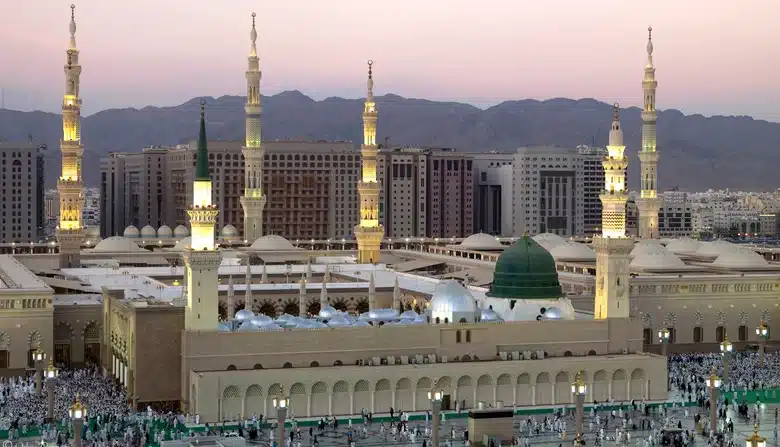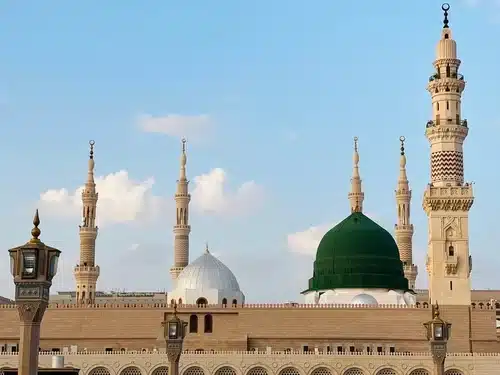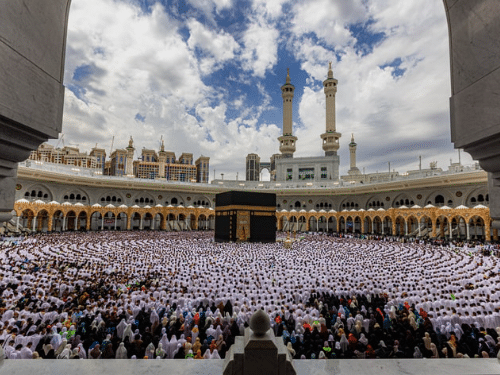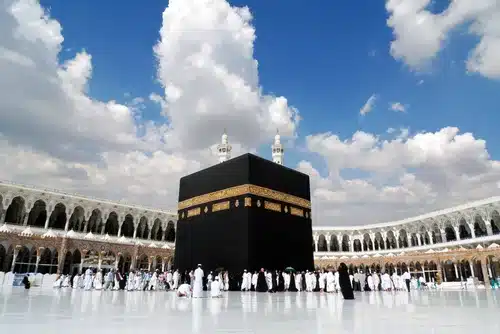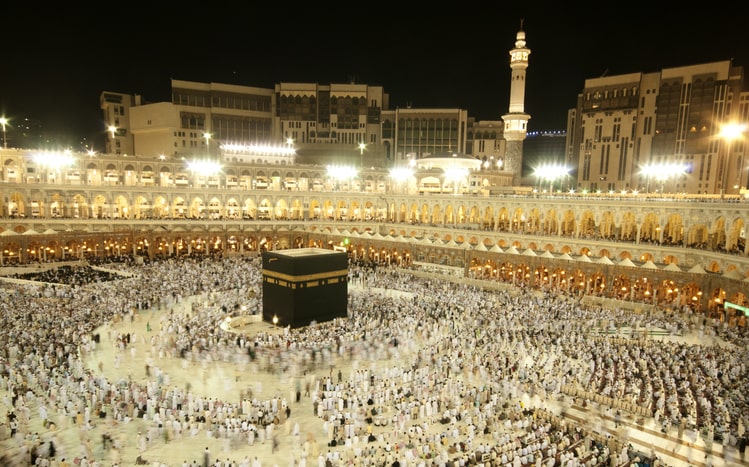How to Perform Umrah – A Helpful Guide
Umrah is one of the most important acts of worship in Islam. It’s the second-most performed act of worship after Hajj, done in the house of Allah or Ka’aba. The word ‘Umrah’ literally translates to ‘to visit a populated place. In Islam, Umrah means visiting the Kaaba and performing all the required practices.
There is no specific time for performing Umrah and it can be done all throughout the year. It can also be performed along with Hajj. So,if you want a spiritually-fulfilling journey booking the Best Umrah Packages with iLinkTours is a great option. So wait no further to discover our guide for how to perform Umrah to have a once-in-a lifetime opportunity.
Know How to Perform Umrah- The Four Pillars of Umrah
There are four pillars of Umrah which are necessary to fully complete the whole act of worship. They are:
Ihraam: Ihram is assumed at the Meeqat.
Tawaaf: Tawaf is performed by walking around the Kaaba.
Sa’y: Walking between As-safa and Al-Marwah is called Sa’y. It consists of seven circuits.
Tahal –lul:The last pillar of Umrah is Tahal-lul in which the pilgrim comes out of his state of Ihram.
Difference Between Hajj and Umrah
The difference between Hajj and Umrah is clear as night and day. For example Umrah does not require the pilgrims to travel to Minaa, Arafaat, and Muzdalifah, as opposed to hajj where these steps are necessary. Throwing pebbles at the stone pillars (the ones representing devils) is practiced during Hajj, so is sacrificing an animal, which is not required for performing Umrah.
How to Perform Umrah – The Steps Required
There are 5 steps you must perform to complete Umrah and complete a defining moment of your life. Here they are :
Putting On Ihram
First and foremost, the pilgrims are required to take a bath (if convenient) upon their arrival at Meeqat. This is recommended for both men and women. Putting on perfume (Itar) on the head and beard is also observed. For the next step, the pilgrims must put on their Ihraam. Men must have a specific set of clothing for Ihram; two pieces of cloth called Izaar and Ridaa’. Izaar covers the lower half of the body while Ridaa’ covers the upper half.
Women, on the other hand, do not need to change into any specific clothes, other than clothing that covers the whole body. Women are forbidden from wearing face veils and gloves. They are only required to cover their heads. The head covering can be used to cover the hands also if desired by the person herself. The statement ‘ Labayka Umrah’ or ‘Allahumma Labbayka’ makes clear about the intention of performing Umrah, while the recitation of Talbiyah reinforces it inside the heart of the believer.
Entering The Sacred Mosque (Masjid Al Haram)
When entering the sacred mosque ( Al Masjid Al Haram), one should always step inside with the right foot while saying these words:
“Bismillaah, Allahumma Salli ‘Alaa Muhammad, Allahumma Ighfirli waftahli Abwaaba Rahmatik.
Translation: (In the name of Allah! O Allah! Exalt the mention of your Messenger. O Allah! Forgive my sins, and open the gates of Your mercy for me).”
Arriving at the Kaaba
The pilgrim should approach the Black Stone and if possible touch it with the right hand and kiss it. If such is not possible, then one should simply point towards it. Next, the pilgrim should walk on his left side and approach Yamaani (if possible) and touch it. If not, then the pilgrim should continue with the Tawaaf.
It is preferred for men and not women, to do two things during Tawaf:
- Placing the middle of the Ridaa’ under the right arm and the ends of it over the left shoulder.
- Speeding up with small, short steps during the first three circuits.
One should pray and supplicate during Tawaf. After the completion of Tawaaf, the pilgrim should approach Maqaam Ibraheem and recite (which translates to)
“And take you (people) the Maqaam (place) of Ibraheem as a place of Prayer…” [Quran: 2:125]
Two Rak’ahs should be performed after this.
Safaa and Marwah
The next part of performing Umrah is going to Safaa and Marwah. Mount Safaa is climbed by the pilgrim and supplication is made.
After descending Mount Safaa, the pilgrim is required to go towards Marwah. (This completes one circuit). A total of seven circuits are going to be completed this way.
Completion of Umrah
The last stage of Umrah is to come out of the state of Ihram. This is done by shaving the hair (for men) or cutting hair measuring about one fingertip from the ends (for women).
Umrah is not as complicated as Hajj, where you must perform it during a specific time only. One of the best parts about performing Umrah is that it does not have a fixed time. One should try performing Umrah (at least once in their life) as it helps bring the Muslim closer to God.
Knowing how to perform Umrah beforehand can help know about the whole process and ensure you have a spiritually-cleansing journey at the House of Allah.






